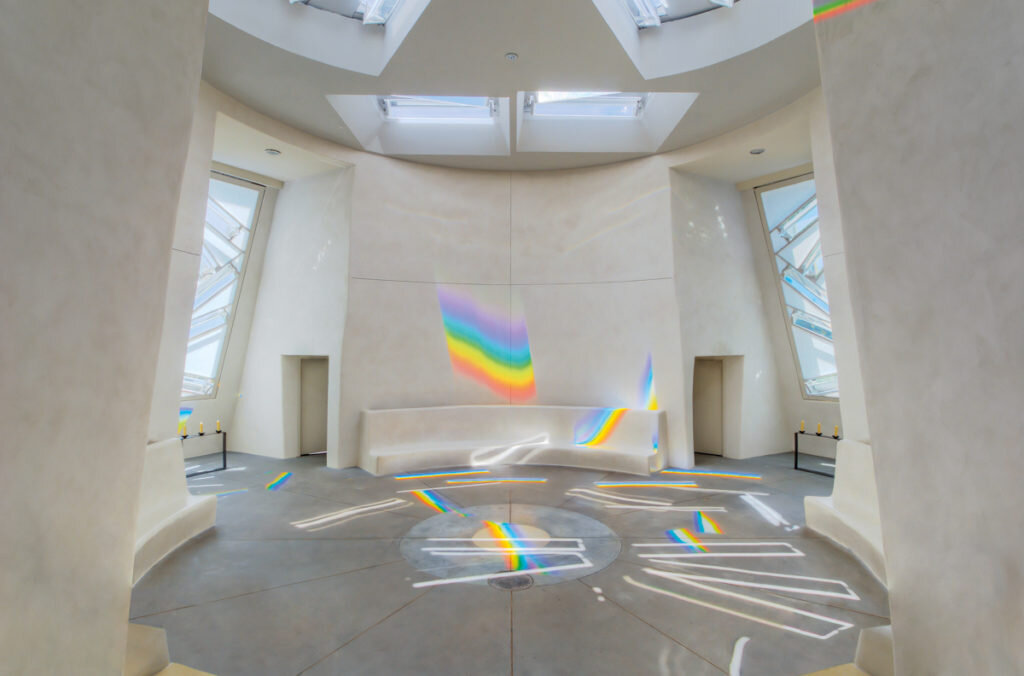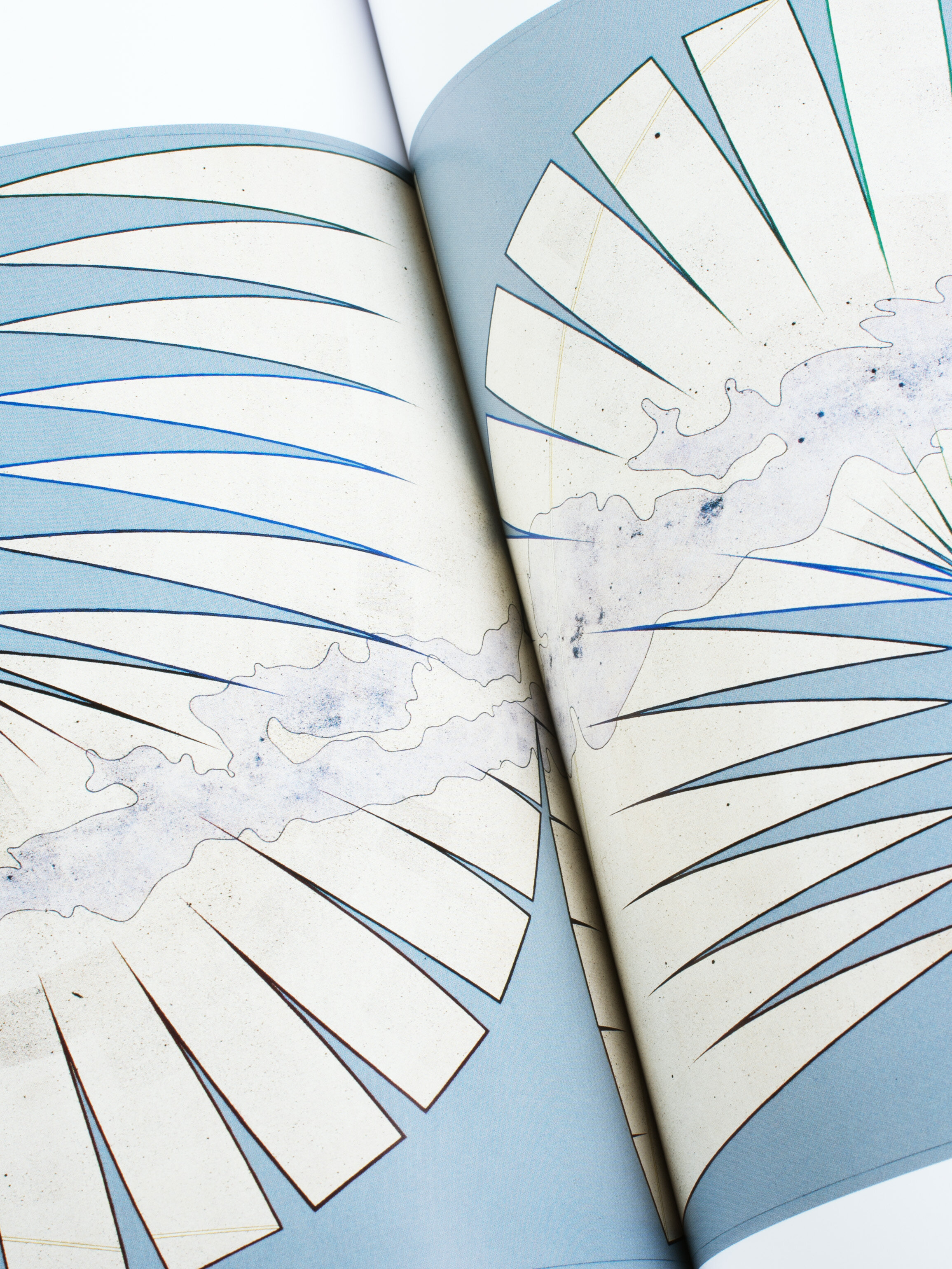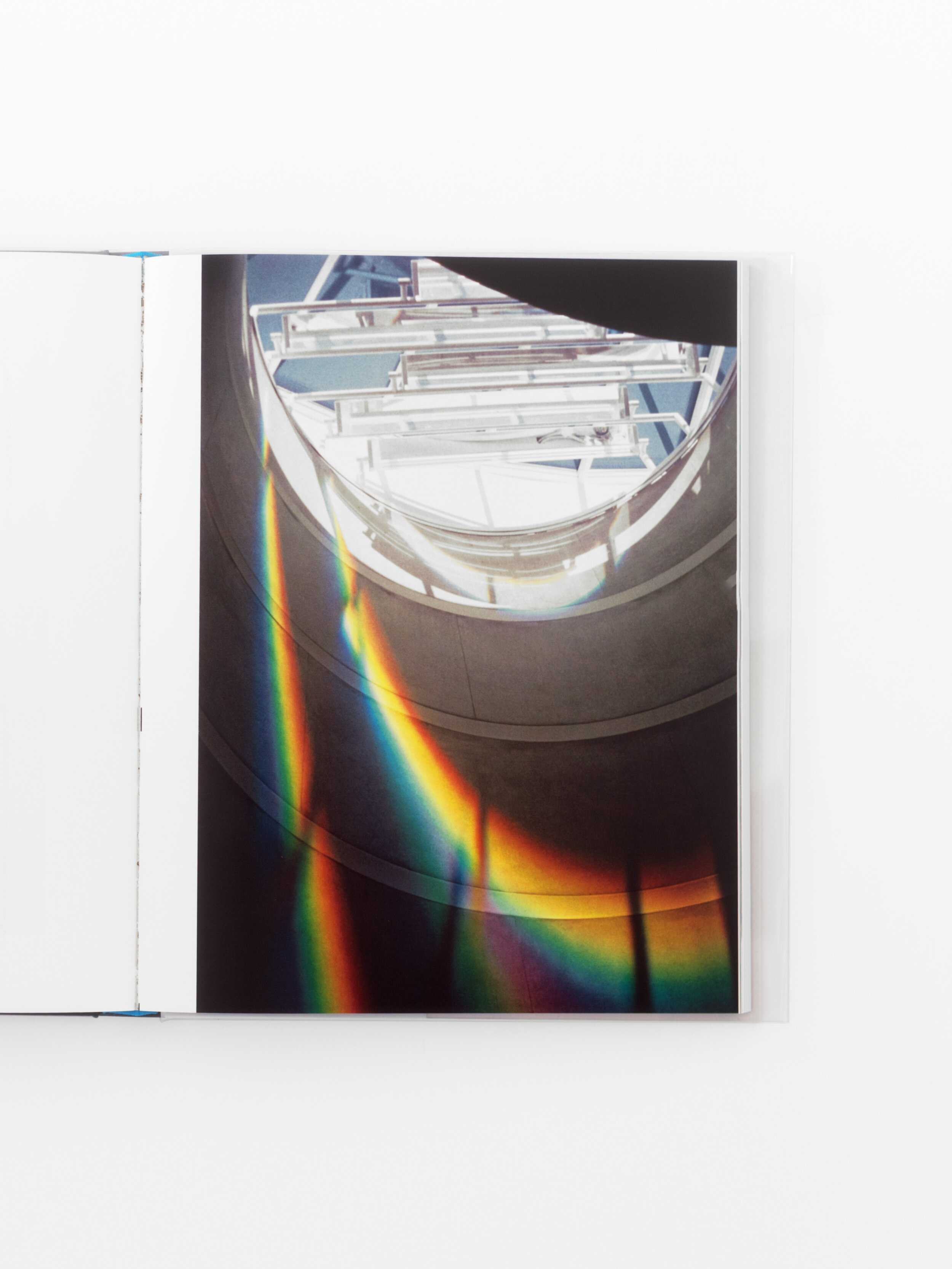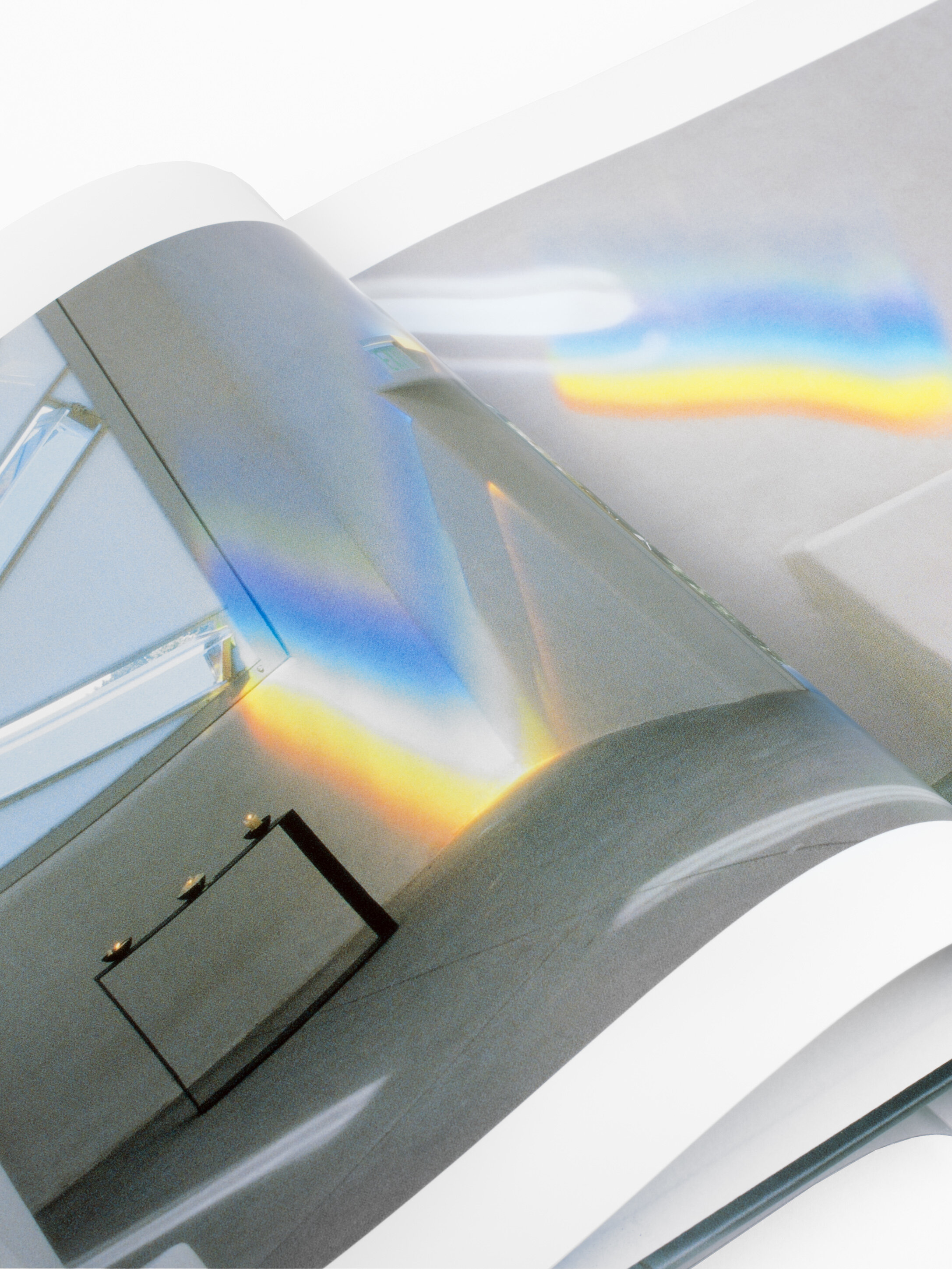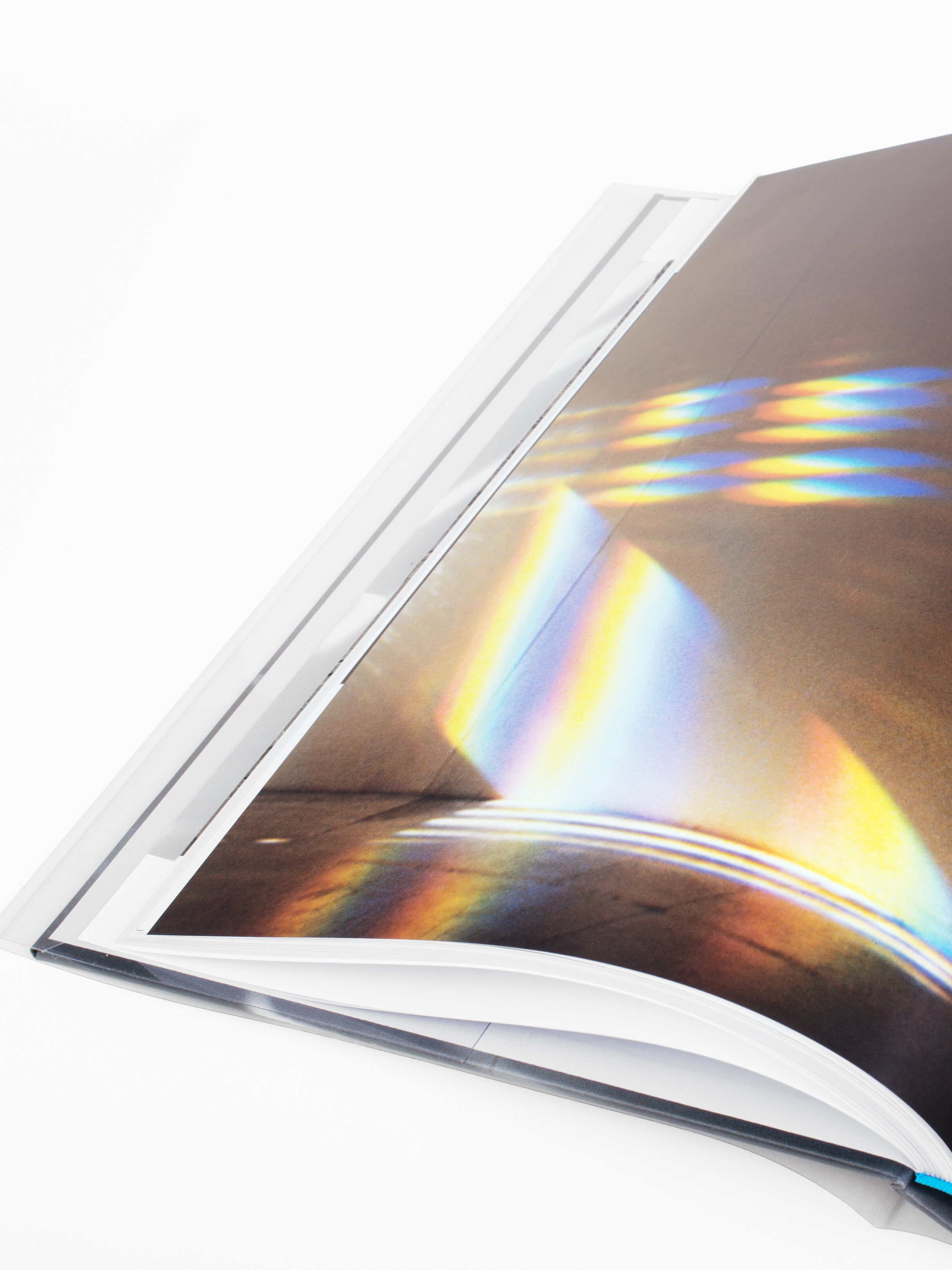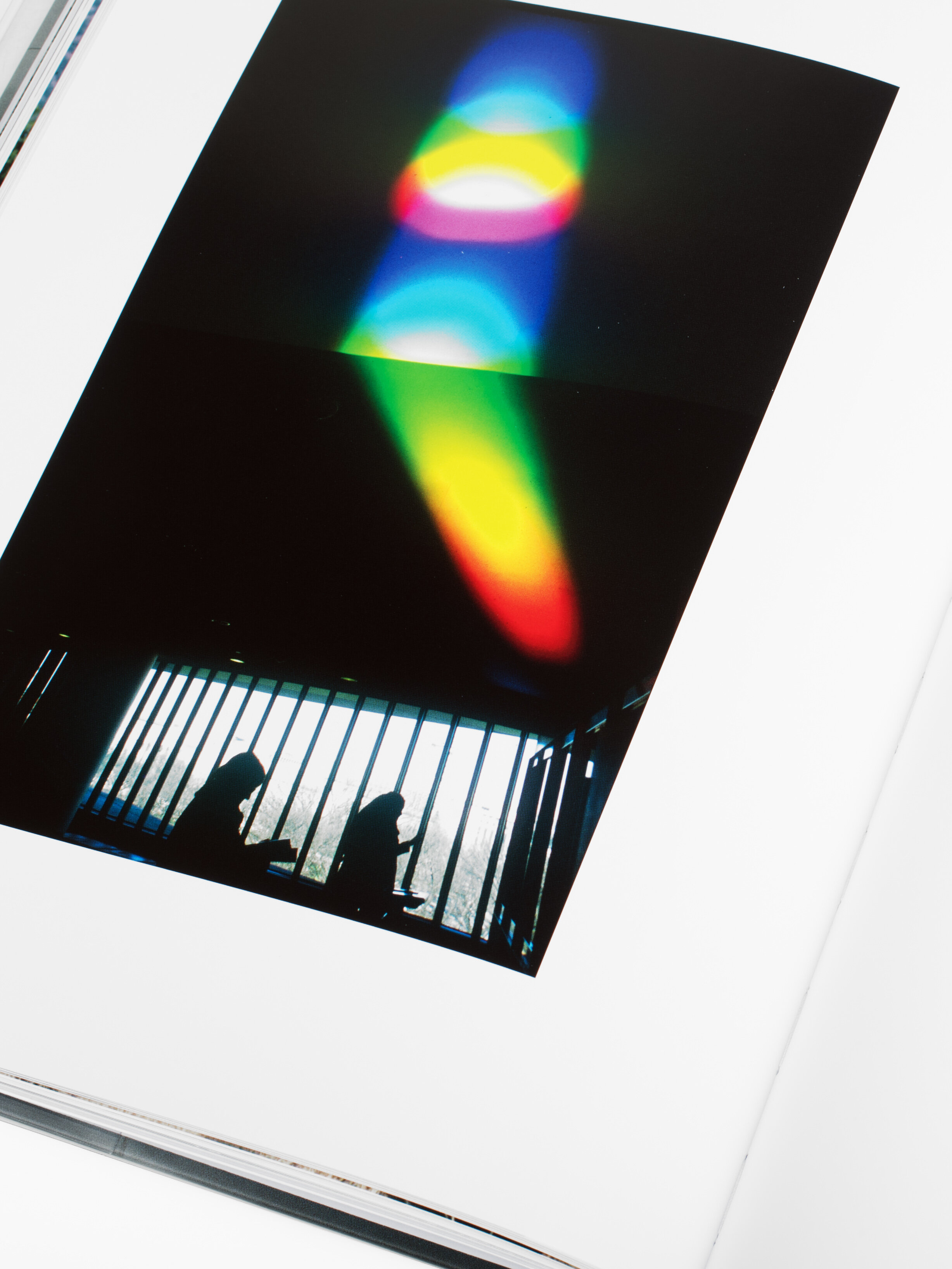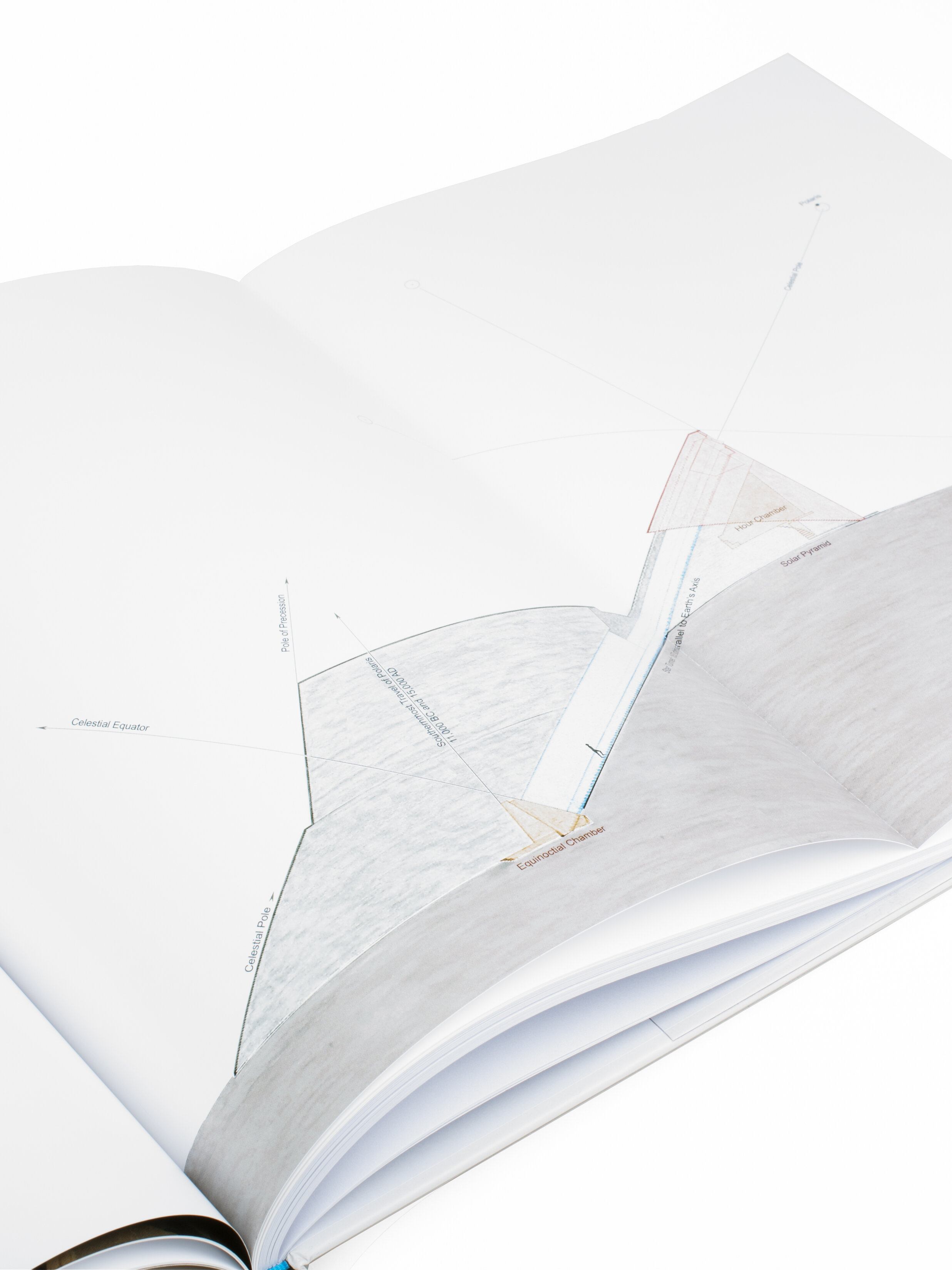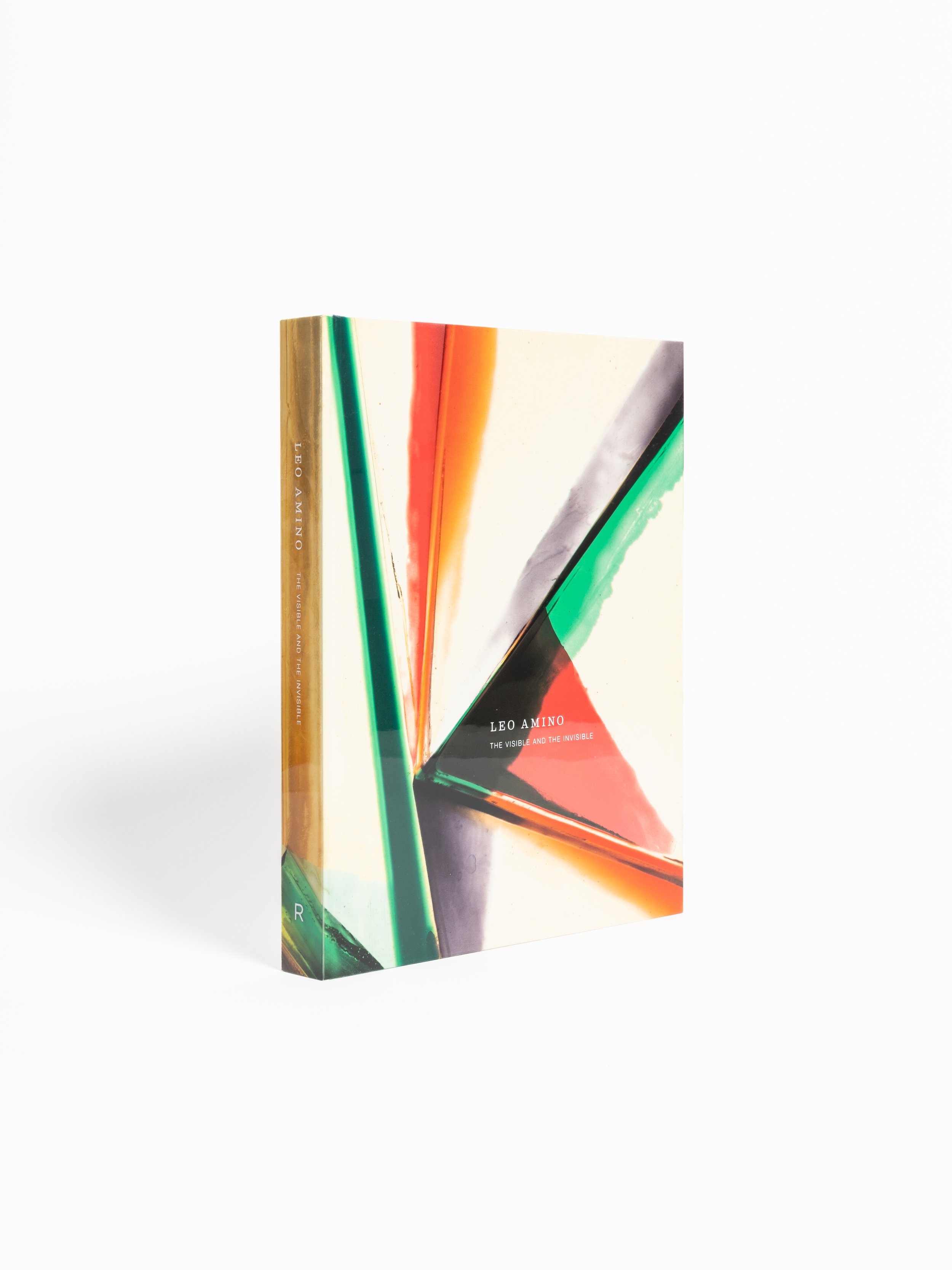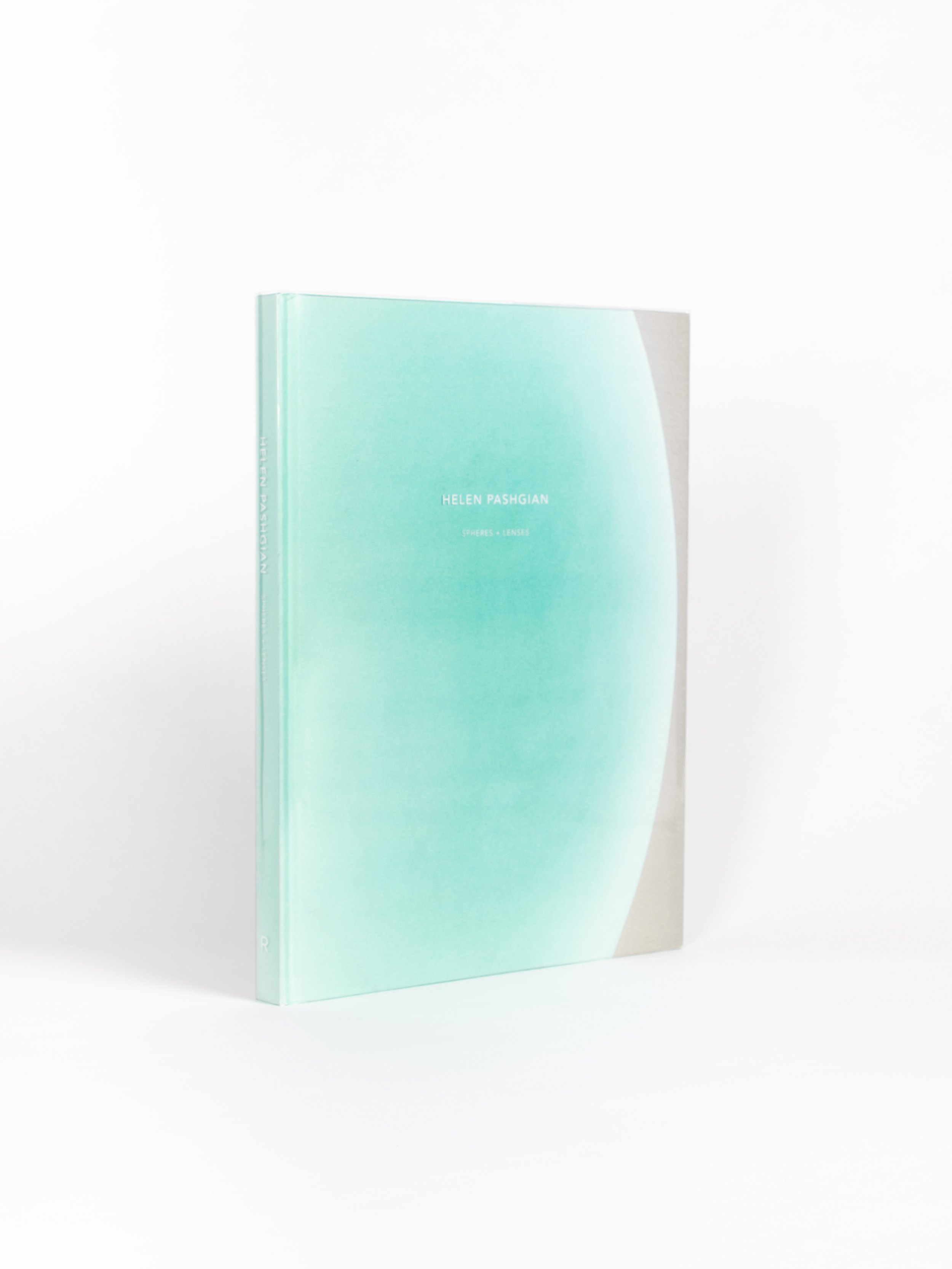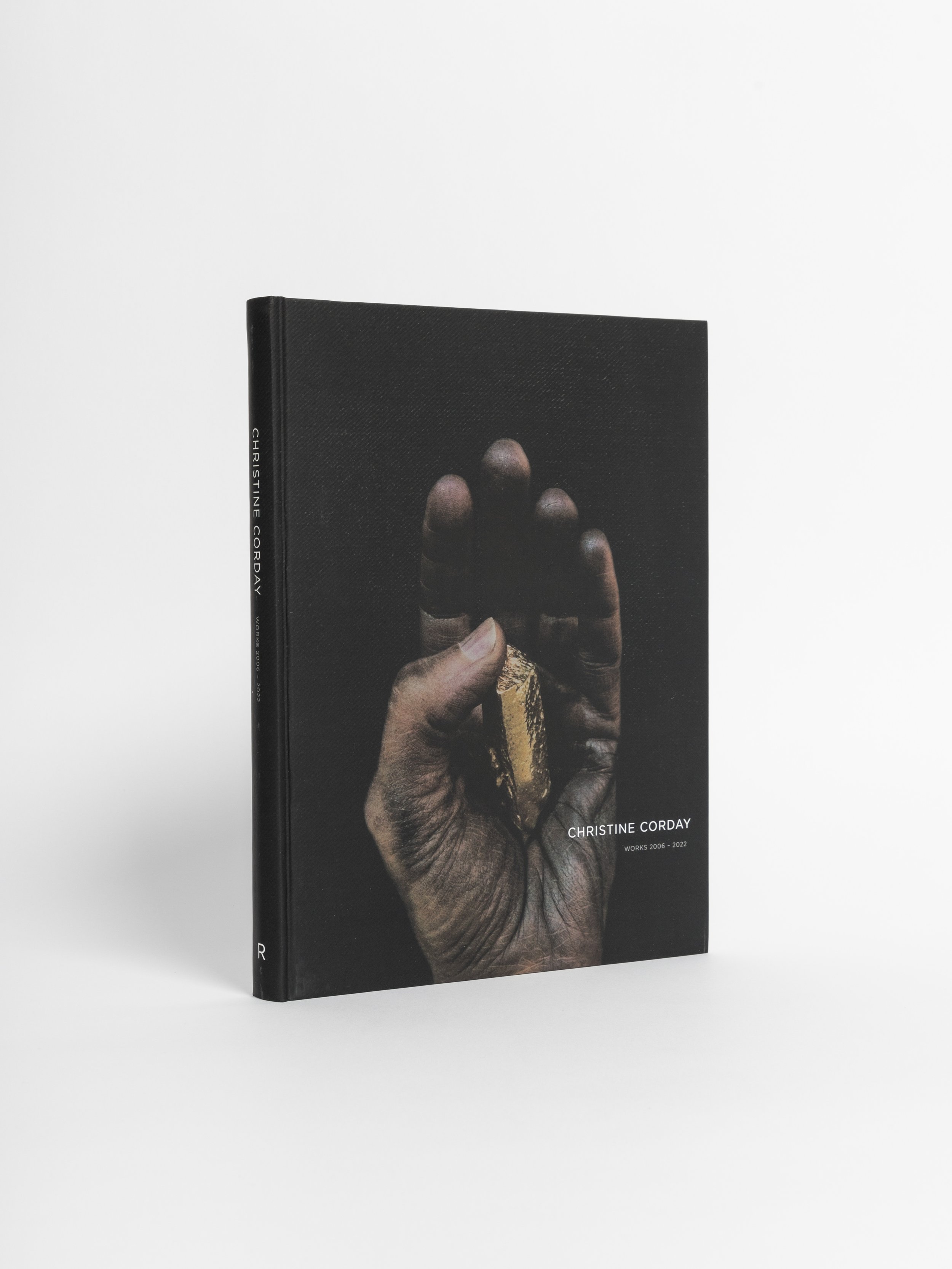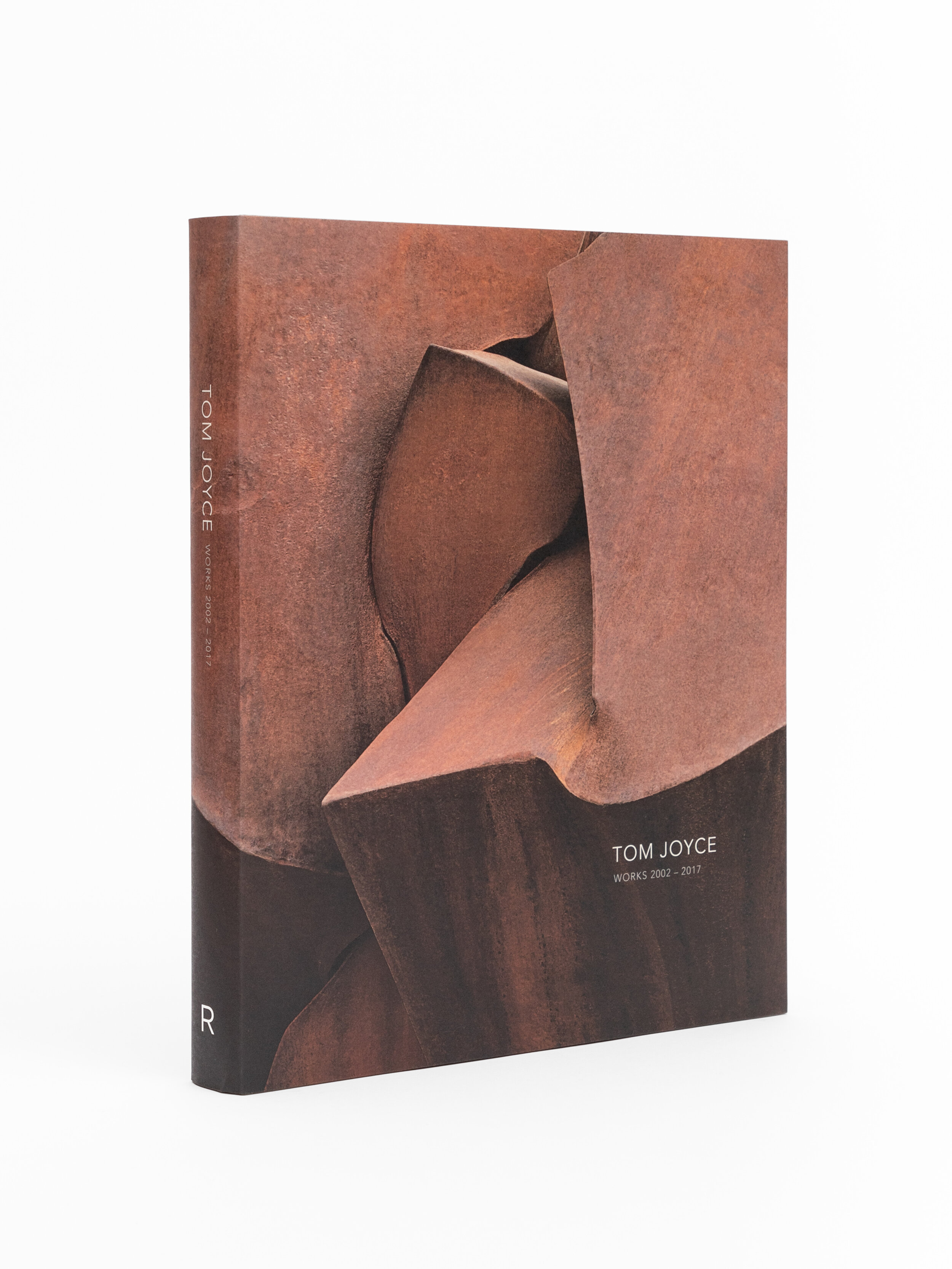YOU MAY ALSO LIKE
-
Artwork by Charles Ross
Essays by Thomas McEvilley and Klaus Ottmann
Interview with Loïc Malle
Historical texts by Virginia Dwan, Anna Halprin, Michael Heizer, Steve Katz, Donald Kuspit, Ed Ranney, and Jean-Hubert MartinHardbound with clear jacket
10 x 12.5 inches
354 pages
ISBN: 9781934435496 -
Using sunlight and starlight as the source for his art, Charles Ross (b. 1937) creates large-scale prisms to project solar spectrum into architectural spaces, focuses sunlight into powerful beams to create solar burn works, draws the quantum behavior of light with dynamite, and works with a variety of other media including photography and video.
For the last 52 years, Ross has been building the geometry of the stars into his earthwork, Star Axis, now nearing completion in New Mexico. It is both architectonic sculpture and naked eye observatory. Walking through its chambers, one can see how star space relates to human scale and how the space of the stars reaches down into the earth. When completed, Star Axis will be eleven stories high and a fifth of a mile across.
Ross discovered his passion for making art while studying mathematics at UC Berkeley, where he received his BA in Mathematics (1960) and MA in Art (1962). In 1966, he collaborated with gallerist Virginia Drawn and architect Laban Winger to create The Dwan Light Sanctuary. Envisioned and inspired by Dwan, the sanctuary is a place for quiet contemplation and located in Montezuma, NM. Ross then exhibited at the Dwan Gallery from 1967-1971, where both the minimal and land art movements originated. He showed alongside artists including Robert Smithson, Michael Heizer, Walter DeMaria, Dan Flavin, Carl Andre, and Sol Lewitt.
In 1969, Ross shifted the emphasis of his artwork from that of the minimal prism object, to the prism as an instrument through which light revealed itself so that the orchestration of spectrum light became the artwork. Each artwork is specific to the architecture and its location on the planet; the goal is to create a nexus of solar spectrum artworks around the globe so that as the spectrum sets in one location, it is always rising in another.
In 1971, Ross asked himself: “how do I make an artwork that is the opposite of the solar spectrum?” Rather than dispersing sunlight through a prism, he decided to focus it into a single point of raw power to create a solar burn. Each day for one year, he burned the path of the sun through a large lens into a wooden plank. The burns were exhibited side-by-side in an exhibition titled Sunlight Convergence/Solar Burn (1971-72).
In 1972, Ross travelled to Nova Scotia with Virginia Dwan and poet Steve Katz to film the total eclipse of the sun. The 8-minute long, 16mm film titled Arisaig, July 10, 1972 is in the collection of the Hayden Planetarium. For the past 20 years Ross has been creating several series of new solar burn artworks. One series—137 Solar Burns, each in the time it takes sunlight to reach earth, 8 minutes and 19 seconds—captures light’s time distance between the earth and sun.
Read the artist’s full bio on his website here.


